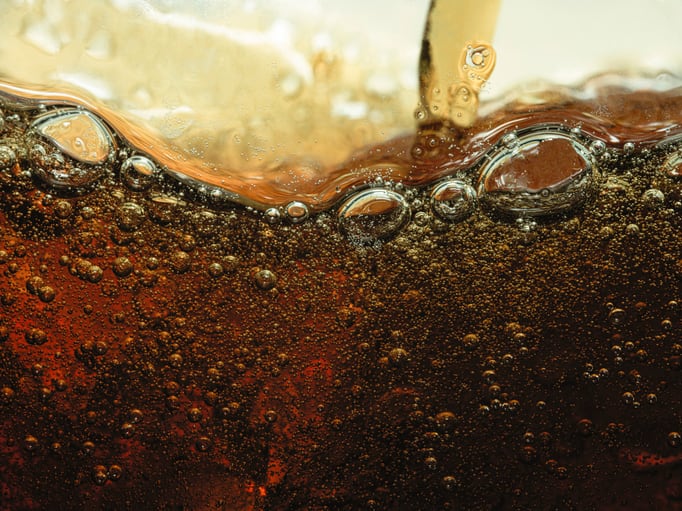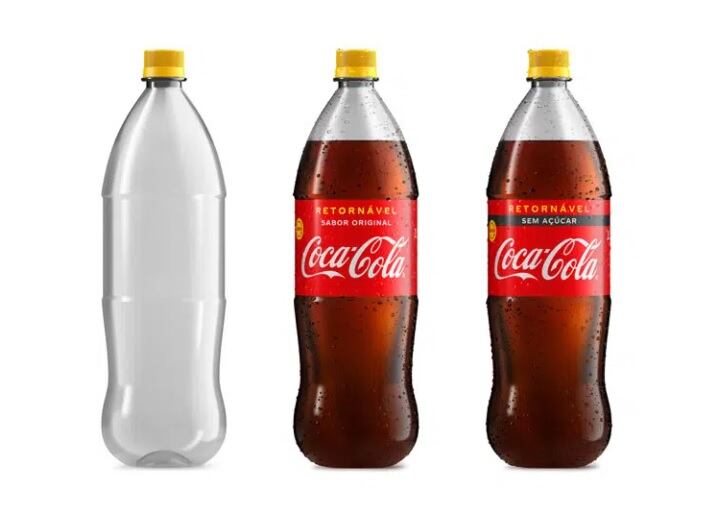Since the beginning of the pandemic, to streamline supply chains and maximize efficiency, Coca-Cola has taken an aggressive stance on “zombie brands” that weren’t performing at a level necessary in the “new normal,” including smaller local brands with little scale as well as better-known brands, including Odwalla, Zico and more recently Honest Tea.
While some of the brands that landed on the chopping block surprised industry players and investors, the strategic decisions freed resources at a time when a quickly evolving economy has elevated the importance of stretching every dollar.
Against this background, the company also is developing and testing new products, marketing strategies and more generally an approach to innovation that has brought it closer to consumers and delivered more bang for the buck, executives said last week at Deutsche Bank’s dbAccess Global Consumer Conference.
“The way we’re moving forward is we definitely want to invest more, but on the basis of really efficient and effective investment,” said the company’s chief merchandising officer Manuel Arroyo.
To do that, he explained, Coca-Cola has cultivated a “very structural capability called [intelligent] experimentation,” which allows the company to test and quickly learn from carefully controlled and measured experiments and ultimately leverage them as a “superpower.”
At any given time, he said, the company is testing between 200 and 400 experiments across the business and measuring their dollar investment to transaction or impact on the consumer at the point of sale.
“Some of the learnings are mind blowing of the amount of extra revenue growth that you can drive with exactly the same dollars,” he said.
For example, he pointed to a test in the US in which Coca-Cola bought media for its Sprite brand by demographics and consumer attitudes and found that it was significantly more effective to target consumer tribes with specific attitudes than everyone between a certain age.
“From an attitude perspective, it can drive six to seven points incremental NSR growth for the same dollars,” he said.
Experiments that perform well in one region are then slowly and systematically scaled in additional markets over subsequent quarters, Arroyo said.
“The moment you see a pattern after four to six months” in as many regions “then you would just deploy that globally through our partnerships,” he said. “So, this is a very different way. In the past, we did some of this, but we were not good at scaling this quickly and rapidly across the system.”
This approach is allowing Coca-Cola to foster fewer but more “epic” innovations, and also improve its ‘failure rate,’ which Arroya acknowledges was better than the industry at large, but still abysmal.
He explained under the prior approach to innovation “we had a wonderful success rate versus the industry, but that success rate was 3%. … [which] was not good, it’s just that the industry was 1%. So, we see a significant room for improvement to take that up.”
Successful examples of innovation under this system include Coke Zero and Fairlife, and more recently with the company’s foray into hard seltzers, he said.
A measured approach to discretionary spending
Coca-Cola’s measured but flexible approach to innovation also extends elsewhere to is allocation of capital and how it thinks about mergers, acquisitions and discretionary reinvestment in the organic business, said CFO John Murphy.
“One of the big takeaways from the last couple of years is that capital efficiency needs to be measured” not in the sense of exacting figures, necessarily, but in the spirit of balancing efficiency with “a little bit of slack for the days that you need that slack to help you manage through shortages or shots,” he said.
Given the ongoing difficulties with supply chains, transportations and other costs that used to be considered predictable or fixed, he added that Coca-Cola’s approach to discretionary spending is now focused on what does it take to become even more resilient, he added.
Sometimes the answer is innovation, sometimes it is enhanced experiential marketing to build brand loyalty and value for consumers and sometimes it is holding back or being able to quickly pivot so there is a cushion if something goes sideways.
“What does it take to feel confident about managing whatever future comes at us,” is now the key question, he explained, noting that the future remains asynchronous and therefore the company needs to remain flexible in its approach to spending, innovation and marketing.
“Those are all elements where, I think, we have seen tremendous progress,” he said, “and yet, the journey is far from complete.”


